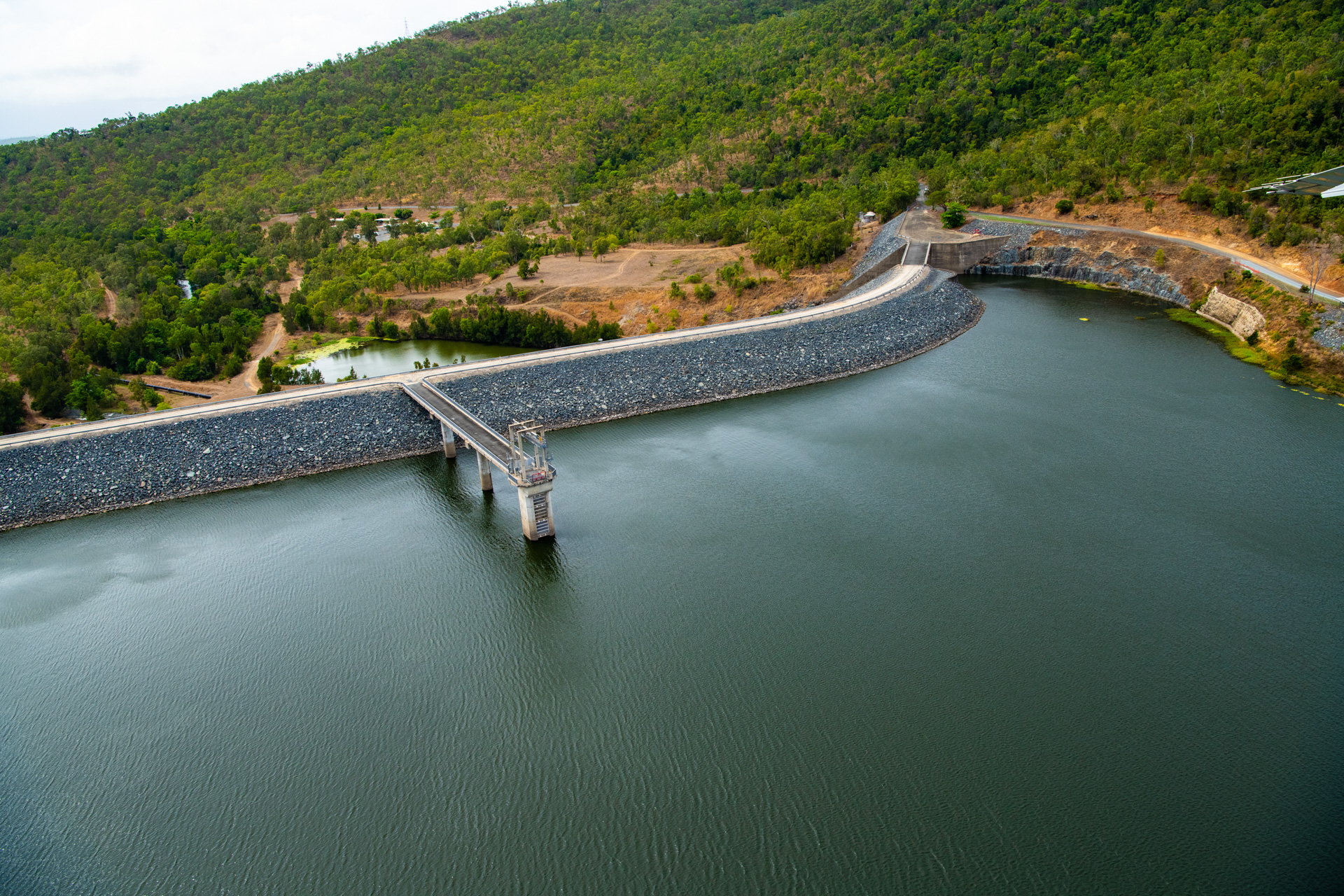|
|
StratificationStratification is the separation of a body of water into distinct and stable vertical layers based on the density of the water. The differences in water density result from differences in temperature and/or salinity. Water is most dense at 4oC, and increasing salinity increases water density. Stratification can occur in lakes or waterholes, particularly in summer, where water at the surface, warmed by the sun becomes less dense and sits on top of colder, more dense water. Stratification conditions can occur on a daily basis, or can last for months ending when the cooler temperatures in autumn induce mixing of the water column by cooling the surface water and breaking down the density difference. Stratification can also occur in estuaries where salty, more dense, seawater meets less dense fresh water. The salinity induced density difference can result in formation of a salt wedge, where the fresh water sits on top of the dense seawater. The stratified conditions may persist if tidal forces are not strong enough to induce mixing. Thermal stratification occurs where water, warmed by the sun becomes less dense, and sits at the water surface and forms an epilimnion. Cooler water below becomes disconnected from the surface and can become even cooler, forming a more dense layer of water below called the hypolimnion. The layer between where density and temperature rapidly change is called a metalimnion. Thermal stratification can occur in lakes, waterholes, non-flowing rivers and dam/weir pools. Stratification influences the ecology and biogeochemical processes. The epilimnion (warmer, less dense surface) has constant exchange with the atmosphere, promoting oxygenation of the water. Light availability also means that productivity can be higher, further providing oxygen in this water. The hypolimnion (cooler, more dense bottom water) can become oxygen depleted. Anoxic conditions can be unsuitable for fish and macroinvertebrates. Anoxia also enhances the build up of ammonia, phosphorus, hydrogen sulfide and reduced metals in the hypolimnion, which are then distributed throughout the water column during turnover events, impacting water quality for aquatic ecosystems and uses such as drinking water. Links and referencesLast updated: 23 October 2023 This page should be cited as: Department of Environment, Science and Innovation, Queensland (2023) Stratification, WetlandInfo website, accessed 18 March 2024. Available at: https://wetlandinfo.des.qld.gov.au/wetlands/ecology/processes-systems/stratification/ |

 — Department of Environment, Science and Innovation
— Department of Environment, Science and Innovation


